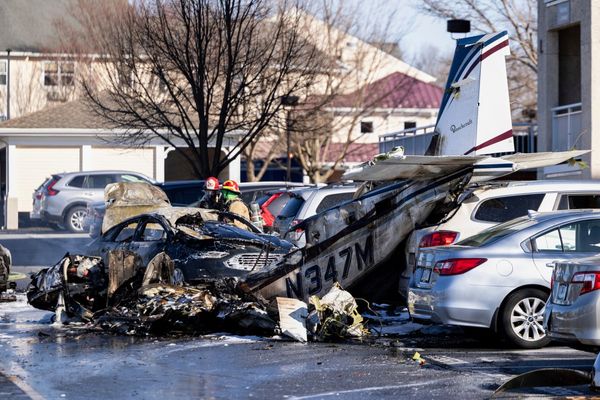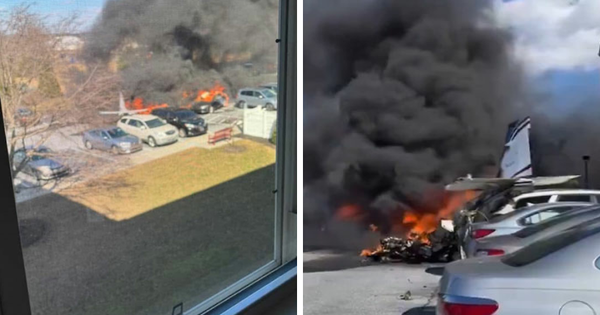NASA's initial Artemis 1 attempt to launch the multibillion dollar Orion spacecraft would have been the first mission to the moon since 1972. But the effort from Kennedy Space Center at Cape Canaveral was scrubbed Aug. 29. It turns out that the third of its four engines was not able to reach the necessary temperature for its super-cold propellant.
"Chilling the SLS rocket's engines before flowing cryogenic liquid hydrogen and liquid oxygen through them is a required step before the rocket can launch," NASA officials said at the time, according to Space.com. "While three of the engines passed that test, Engine No. 3 did not, despite troubleshooting efforts."
The launch was attempted again on Sept. 3. But hydrogen leaks caused another delay. After subsequent maintenance and tests, NASA decided the rocket was ready to go.
And then Hurricane Ian came along. Because launch opportunities are limited by the stage of the moon and lighting conditions upon reentry, among other considerations, the prudent window for launch became difficult to predict.
Space expert Camille Elizabeth of OrbitFab, who goes by the TikTok handle @thegalacticgal, explains current plans in the video below.
View the original article to see embedded media.
So What's Next?
It looks like a launch in the middle of November is the soonest NASA is hoping for another attempt of the Space Launch System (SLS).
NASA has said there is no significant damage to facilities at the Kennedy Space Center.
The next launch period, in theory, would be Oct. 17 through 31. But the space agency has chosen to focus on the next window after that, which is Nov. 12 through 27.
"Focusing efforts on the November launch period allows time for employees at Kennedy to address the needs of their families and homes after the storm and for teams to identify additional checkouts needed before returning to the pad for launch," NASA said, according to Space News.
"One issue for the November launch is that, unlike the launch opportunities in August and September, many of the windows on individual days are at night," Space News explains. "Launch windows from Nov. 12 through 19 range from nearly midnight to 1:45 a.m. Eastern. Launch windows from Nov. 22 to 27 are in the morning to midday."
NASA says it isn't ruling out a night launch, but its preference is to try it during daylight hours.







